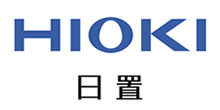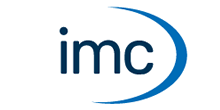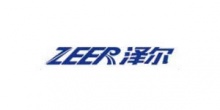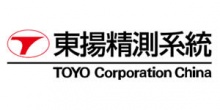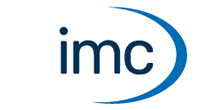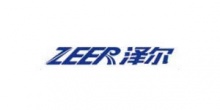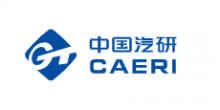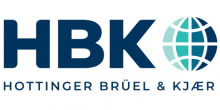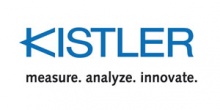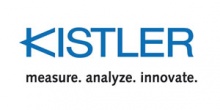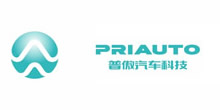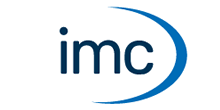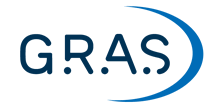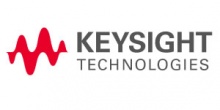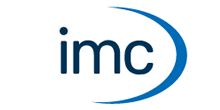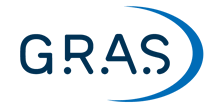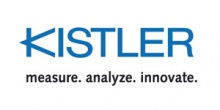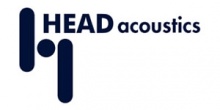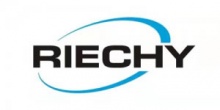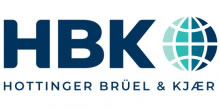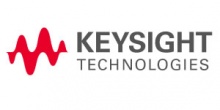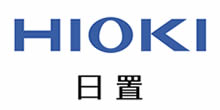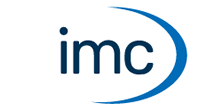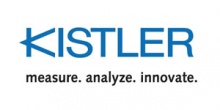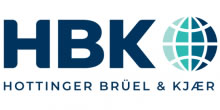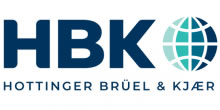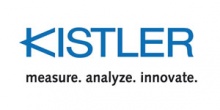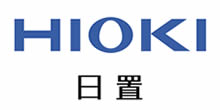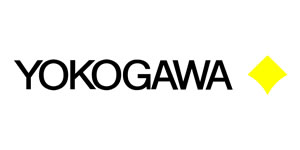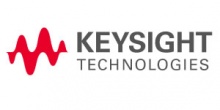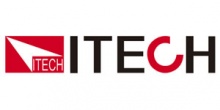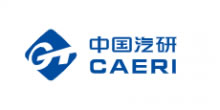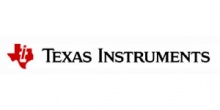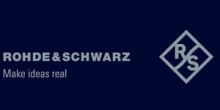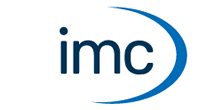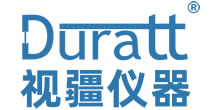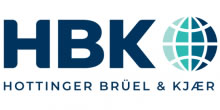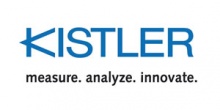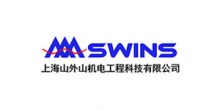Foretellix launches new approach to testing autonomous vehicle safety

Israeli startup Foretellix has launched a revolutionary autonomous vehicle development tool, Foretify, which brings a proven coverage-driven verification approach broadly adopted in the semiconductor industry to the AV industry.
According to the company, Foretify Technology will enable the AV industry to move from a focus on quantity of miles to a focus on quality of coverage. This will greatly help consumers, developers, insurance companies and regulators to collectively gain the quantifiable confidence in safety needed for broad deployment of autonomous vehicles.
Foretellix was founded by a team of pioneers in measurable verification and validation, with a highly automated and proven coverage-driven approach broadly adopted in the semiconductor industry. They have adapted and tailored their approach for the safety verification and validation of autonomous vehicles.
CEO Ziv Binyamini, said, “You could drive thousands of miles on a highway and never really stress the corner cases or properly measure what you’ve covered or not covered with respect to those scenarios, therefore those miles might be meaningless.”
With the introduction of Foretify Technology, developers use coverage driven verification to achieve quality of coverage, successfully exercising the scenarios critical for AV safety and extracting the metrics to prove it. This includes the scenario coverage metrics required to make a compelling ‘safety case’ to consumers, suppliers, insurance companies and regulators.
This is in contrast to today’s testing methods and metrics based on quantity of miles – physically or virtually logging miles and the associated number of disengagements and/or failure rates. Unfortunately, miles driven and disengagements don’t directly correlate to the core and edge case driving scenarios that must be exercised.
Foretify includes an open, high level scenario description language (SDL), intelligent and scalable automation, analytics and metrics. It enables two significant breakthroughs for complexity management. The ‘one to many’ breakthrough allows ‘one’ scenario specification to represent ‘many’ scenario variants. The ‘many to one’ breakthrough allows results from ‘many’ tests executed across many platforms to be aggregated into ‘one’ coverage dashboard and metric.
“We call the concept coverage driven verification. That was the name of the approach used in the semiconductor industry, which we are applying here, and the result we call ‘measurable safety’. We believe that a metric or a standard is required for quality of coverage, and that is something we are working toward,” added Binyamini.
The company is currently working with two autonomous vehicle developers and key suppliers in more collaborative projects to refine the technology.
编辑推荐
最新资讯
-
全国汽车标准化技术委员会汽车节能分技术委
2025-04-18 17:34
-
我国联合牵头由DC/DC变换器供电的低压电气
2025-04-18 17:33
-
中国汽研牵头的首个ITU-T国际标准正式立项
2025-04-18 17:32
-
为什么要进行汽车以太网接收测试?汽车以太
2025-04-18 17:26
-
产品手册下载 | NI 全新USB数据采集-NI mio
2025-04-18 16:39





 广告
广告